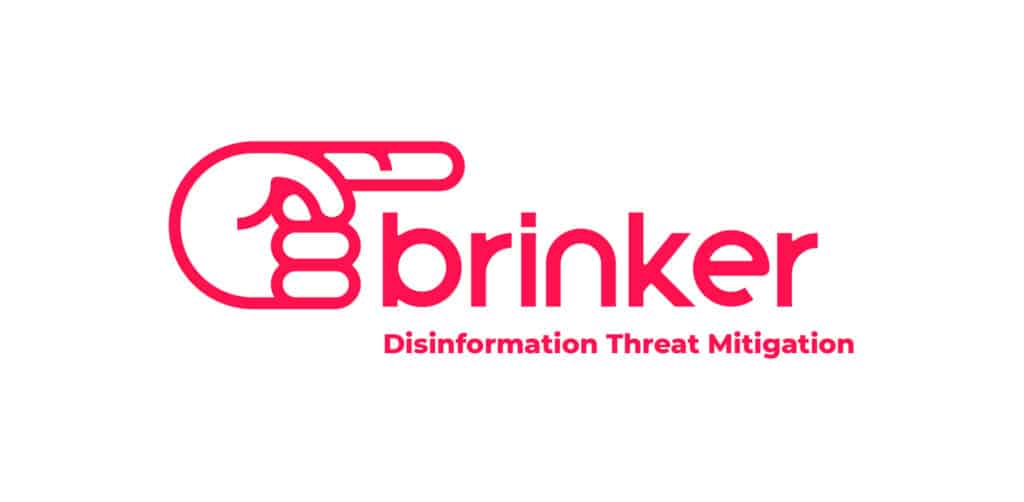It’s the end of another week and, as has become a pattern, we’re weighing the impact of another massive data breach: this one at Cupid Media, the owner of a network of dating web sites. According to a report on Krebsonsecurity.com, data on some 40 million Cupid Media customers turned up on the same servers that were found holding data stolen from Adobe Inc., PR Newswire and other victims. To get a handle on the impact of this breach and others like it, I invited Ted Julian, the Chief Marketing Officer of CO3 Systems, to talk about the recent string of embarrassing breaches and how companies go wrong (and sometimes right) in responding to them. Co3 sells a service that helps companies structure their response to data breaches and other adverse incidents. We also took the time to talk about the recent FTC Workshop on security and privacy on The […]
Tag: hacking
At FTC Forum, Experts Wonder: Is Privacy Passé?
The U.S. Federal Trade Commission (FTC) used a one-day workshop to highlight security and privacy issues prompted by so-called “Internet of Things.” But attendees at the event may have walked away with a more ambiguous message, as prominent technologists and industry representatives questioned whether conventional notions of privacy had much relevance in a world populated by billions of Internet-connected devices. “I don’t feel like privacy is dead,” keynote speaker Vint Cerf, a Vice President and Chief Internet Evangelist at Google, told an audience at the FTC workshop. “I do feel like privacy will be increasingly difficult for us to achieve,” Cerf warned. And Cerf wasn’t alone in wondering whether that might not be such a bad thing – or even that unusual. “Is privacy an anomaly?” Cerf wondered aloud, recalling his experience living in a small, German town where the “postmaster knew what everyone was doing.” Our modern concept of being ‘alone […]
Snowden Borrowed from APT Playbook In NSA Hack
We know for sure that Edward Snowden made short work of the protections that the National Security Agency used to segregate classified data. Snowden’s revelations about government spying on foreign governments, domestic and foreign firms and…well…just about everyone else first appeared in print in May. Since that time, a looming question is “how?” In other words: how did a single contractor gain access to such a massive trove of classified intelligence while working for the most security conscious organization in the world? While the exact methods used by Snowden are still not known, there are many theories. Now the security firm Venafi thinks that it has an answer, and is challenging the NSA to prove it wrong. In a blog post on Wednesday, the company laid much of the blame on poor management of digital certificates and user credentials, which allowed Snowden to move laterally within the NSA’s classified […]
APT or fANTasy: The Strange Story of BadBIOS
Yesterday over on Veracode’s blog I wrote about the ongoing saga of “BadBIOS” – a piece of malicious software that might be the most sophisticated virus ever written, or a figment of the imagination of Dragos Ruiu, the esteemed security researcher who says he discovered it on systems he owned. The story of BadBIOS reads like something out of science fiction. Ruiu has described it in interviews and blog posts as BIOS-based malware that can back door systems running a variety of operating systems – OS X, Windows and even OpenBSD. But it’s also described as an ephemeral kind of ‘we-don’t-know-what,’ that can’t be isolated or analyzed. One Twitter follower of Ruiu’s suggested designating it a “heisenbug” which he defined as “a software bug that seems to disappear or alter its behavior when one attempts to study it.” That would be funny if this weren’t deadly serious. For, really, one […]
Malware Supply Chain Links Eleven Attacks
Fresh off their discovery of a previously unknown (‘zero day’) security hole in Microsoft’s Internet Explorer web browser, researchers at the security firm Fireeye say that they have evidence that a string of sophisticated attacks have a common origin. In a report released on Monday (PDF), the firm said that many seemingly unrelated cyber attacks identified in the last year appear to be part of a “broader offensive fueled by a shared development and logistics infrastructure” — what Fireeye terms a ‘supply chain’ for advanced persistent threat (APT) attacks. At least 11 APT campaigns targeting “a wide swath of industries” in recent months were found to be built on a the same infrastructure of malicious applications and services, including shared malware tools and malicious binaries with the same timestamps and digital certificates. “Taken together, these commonalities point to centralized APT planning and development,” Fireeye wrote. The attacks link at least 11 separate […]






